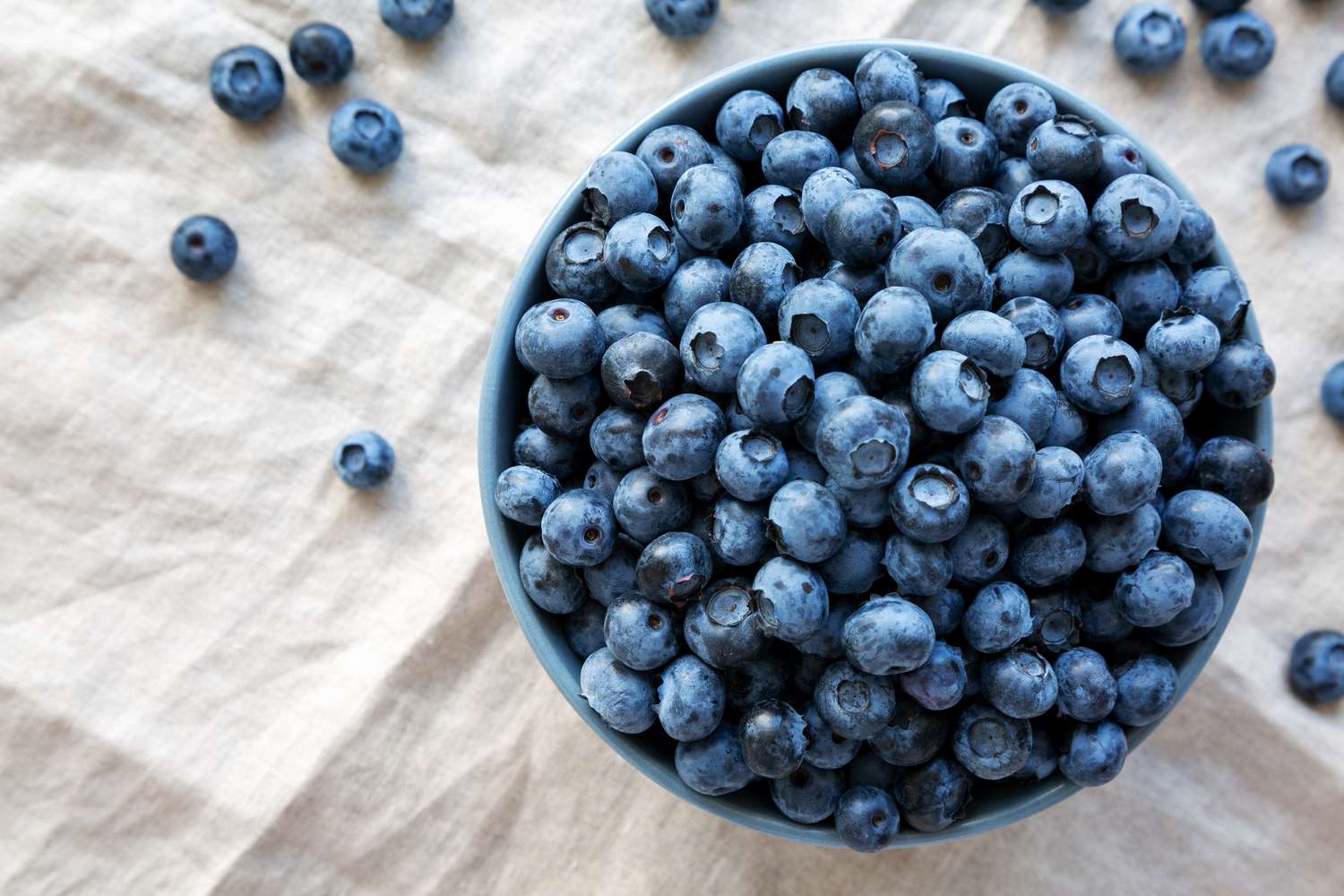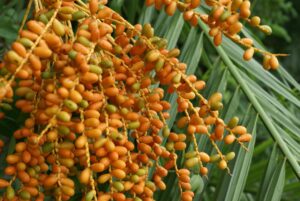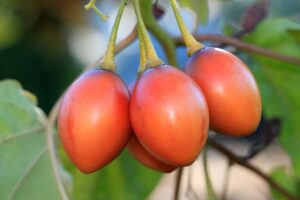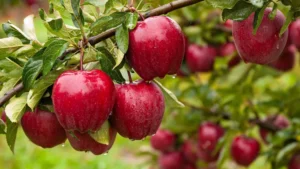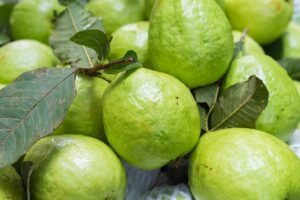How to Grow and Care for Blueberries: A Complete Guide
Growing your own blueberries can be a rewarding experience that provides you with nutritious, delicious berries for years to come. Whether you’re planting in your garden, in containers, or starting from seed, this guide will help you successfully grow and care for blueberry plants in any setting.
Choosing the Right Blueberry Varieties
Before diving into blueberry cultivation, it’s important to understand which varieties will thrive in your specific region. The United States is divided into different growing zones, and each blueberry type has specific requirements.
Types of Blueberries
Highbush Blueberries (Vaccinium corymbosum) are the most commonly grown type in the US, reaching 4-6 feet tall. They’re well-suited for zones 4-7.
Lowbush Blueberries (Vaccinium angustifolium) grow only 1-2 feet tall and are extremely cold-hardy, perfect for zones 3-7.
Rabbiteye Blueberries (Vaccinium ashei) thrive in the southern states (zones 7-9) and can grow 6-10 feet tall.
Southern Highbush Blueberries are hybrids developed for warmer regions with mild winters (zones 7-10).
According to the USDA Natural Resources Conservation Service, selecting regionally appropriate varieties is crucial for success.
Starting Blueberries from Seed
While most blueberry growers start with established plants, growing from seed is possible but requires patience.
Seed Starting Process
- Stratify the seeds: Place seeds in moist sand or peat moss in a sealed container and refrigerate for 90 days.
- Plant in seed trays: Use acidic seed-starting mix with a pH of 4.5-5.5.
- Maintain moisture: Keep the soil consistently damp but not waterlogged.
- Provide light: Place seeds in bright, indirect light.
- Germination time: Expect 2-8 weeks for germination.
- Growth rate: Be patient—plants grown from seed take 3-4 years to produce fruit.
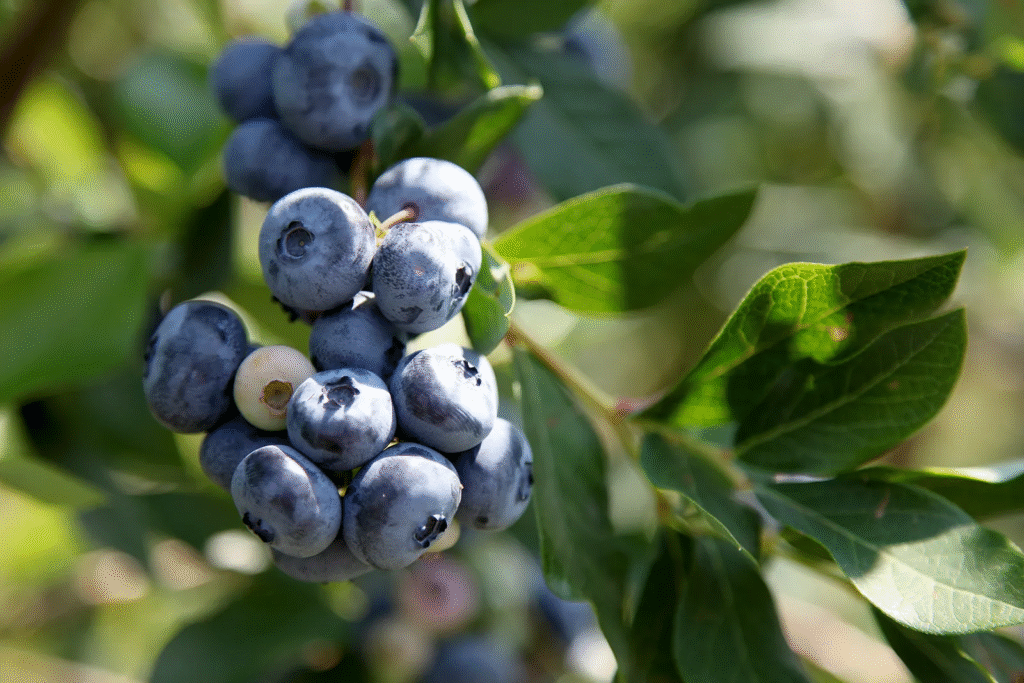
Planting Blueberries in Your Garden
For the most reliable and quickest results, most gardeners opt for established plants from nurseries.
Garden Planting Guidelines
- Test your soil pH: Blueberries require acidic soil with a pH between 4.5-5.5. Test kits are available at garden centers or through your local extension office.
- Site selection: Choose a location with full sun (6+ hours daily) and good drainage.
- Spacing: Plant highbush varieties 4-5 feet apart, rabbiteye 6-8 feet apart.
- Best planting time: Early spring or fall, depending on your climate zone.
- Soil preparation: Amend your soil with peat moss, pine needles, or sulfur to increase acidity if needed.
- Planting depth: Plant at the same depth as the nursery container.
- Mulching: Apply 2-4 inches of acidic mulch like pine needles, sawdust, or bark.
Growing Blueberries in Containers
Container growing is ideal if you have limited space or soil that’s difficult to acidify.
Container Growing Tips
- Choose the right pot: Select a container at least 18-22 inches wide and deep.
- Use proper soil: Use a mixture of peat moss, pine bark, and perlite specifically designed for acid-loving plants.
- Drainage: Ensure your pot has adequate drainage holes.
- Variety selection: Dwarf varieties like ‘Top Hat’ or ‘Northsky’ are ideal for containers.
- Placement: Position your container where it will receive at least 6 hours of sunlight daily.
- Winter care: In cold climates, provide protection such as moving containers to a sheltered location or wrapping them with insulating material.
Essential Care Requirements
Watering
Blueberries have shallow root systems and require consistent moisture:
- New plants: Water deeply twice weekly during the growing season.
- Established plants: Provide 1-2 inches of water weekly.
- Container plants: Check daily as they dry out faster than in-ground plants.
Fertilizing
Proper nutrition is crucial but requires specific approaches:
- When to fertilize: Apply fertilizer in early spring as new growth begins.
- Type of fertilizer: Use acid-forming fertilizers designed for rhododendrons or azaleas.
- Application rate: Follow package directions for your plant size, typically 1-2 tablespoons per plant initially, increasing as plants mature.
- Avoid: Standard garden fertilizers as they often contain nutrients that can harm blueberries.
The USDA Agricultural Research Service notes that proper fertilization practices significantly impact berry production.
Pruning
Regular pruning keeps plants productive and healthy:
- Young plants: Minimal pruning needed in the first 2-3 years.
- Mature plants: Prune annually during late winter dormancy.
- What to remove: Dead or diseased wood, crossing branches, and older stems to promote new growth.
- Production impact: Well-pruned plants yield larger, higher-quality berries.
Blueberry Production Comparison by Growing Method
| Growing Method | Time to First Harvest | Expected Yield (Per Plant) | Plant Lifespan | Special Requirements |
|---|---|---|---|---|
| Garden Planting | 2-3 years | 3-10 pounds annually | 20-30+ years | Acidic soil, consistent moisture |
| Container Growing | 1-2 years | 1-5 pounds annually | 10-15 years | Regular repotting, more frequent watering |
| From Seed | 4-5 years | Varies widely | 20-30+ years | Stratification, significant patience |
Common Challenges and Solutions
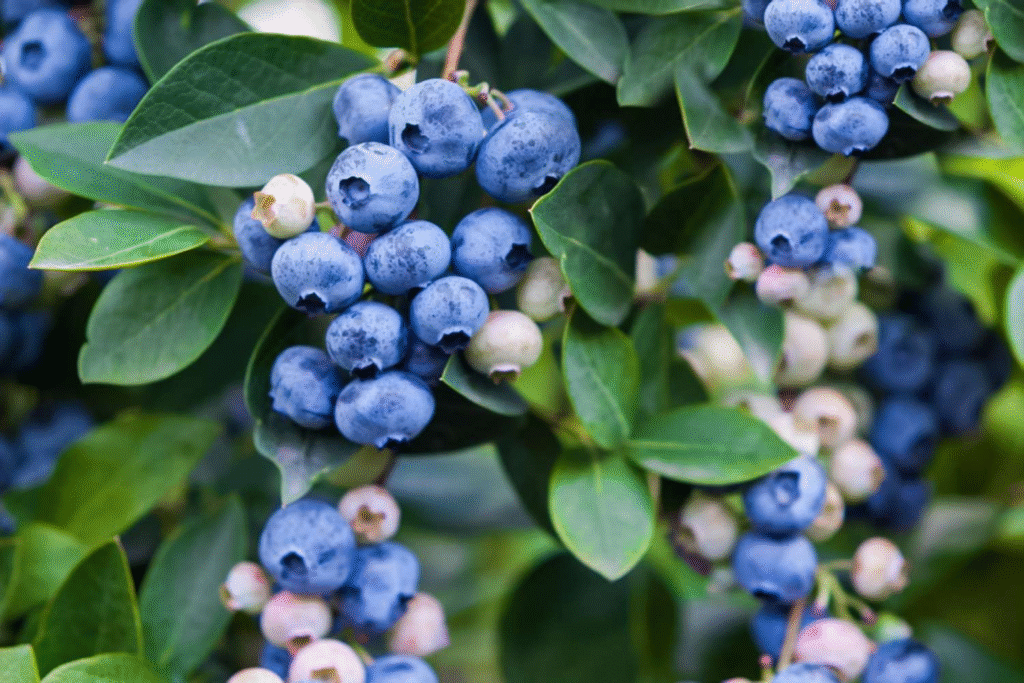
Pest Management
Blueberries can face several pest challenges:
- Birds: Use netting over plants once berries begin to ripen.
- Spotted wing drosophila: Monitor with traps and harvest promptly when ripe.
- Blueberry maggot: Apply organic insecticides if allowed in your area.
- Japanese beetles: Hand-pick or use beetle traps away from your plants.
Disease Prevention
Several diseases can affect blueberries:
- Mummy berry: Remove infected berries and fallen leaves.
- Powdery mildew: Ensure good air circulation through proper spacing and pruning.
- Root rot: Avoid overwatering and ensure good drainage.
- Leaf rust: Remove affected leaves and avoid overhead watering.
The National Institute of Food and Agriculture offers resources on integrated pest management for blueberries.
Harvesting and Enjoying Your Blueberries
The reward for your efforts comes at harvest time:
- When to harvest: Berries are ready when they turn completely blue with a slight dusty appearance and detach easily from the stem.
- Harvesting technique: Gently roll berries between your fingers – ripe ones will fall into your hand.
- Frequency: Check plants every 2-3 days during peak season as berries ripen at different rates.
- Storage: Refrigerate unwashed berries for up to two weeks or freeze for long-term storage.
Year-Round Blueberry Care Calendar
Spring
- Apply fertilizer as new growth appears
- Plant new bushes
- Monitor for early-season pests
- Ensure adequate moisture as plants bloom
Summer
- Harvest berries as they ripen
- Protect from birds with netting
- Continue regular watering
- Apply additional mulch if needed
Fall
- Reduce watering as growth slows
- Plant new bushes in warmer regions
- Clean up fallen leaves and debris
- Apply a layer of compost around plants
Winter
- Prune dormant plants
- Protect container plants from extreme cold
- Plan for spring planting
- Order new varieties if expanding your collection
Special Considerations for US Regions

Northern US (Zones 3-5)
- Focus on cold-hardy varieties like lowbush and northern highbush
- Provide winter protection with extra mulch
- Choose locations with protection from harsh winter winds
Central US (Zones 6-7)
- Most varieties will grow well with proper care
- Both highbush and rabbiteye varieties can succeed
- Monitor spring frosts that might damage flowers
Southern US (Zones 8-10)
- Select heat-tolerant varieties like rabbiteye and southern highbush
- Provide afternoon shade in hottest regions
- Focus on sufficient watering during hot periods
Economic Value in the US Market
Blueberries have significant market value in the United States:
- The US is the world’s largest producer of blueberries
- According to the USDA Economic Research Service, the annual farm-gate value exceeds $800 million
- Home growers can save $8-15 per pound compared to store prices
- Growing your own ensures access to fresh, organic berries
Conclusion
Growing blueberries requires some specific care, but the reward of fresh, homegrown berries makes the effort worthwhile. By selecting appropriate varieties for your region, preparing the right growing environment, and providing consistent care, you can enjoy bountiful harvests for many years. Whether you’re growing in your garden, in containers on your patio, or starting from seed, blueberries can be a beautiful and productive addition to your home food production.
Remember that blueberry plants improve with age, often producing for decades when properly maintained. Start with these guidelines, adapt to your specific conditions, and enjoy the process of growing these nutritious, delicious fruits in your own space.
